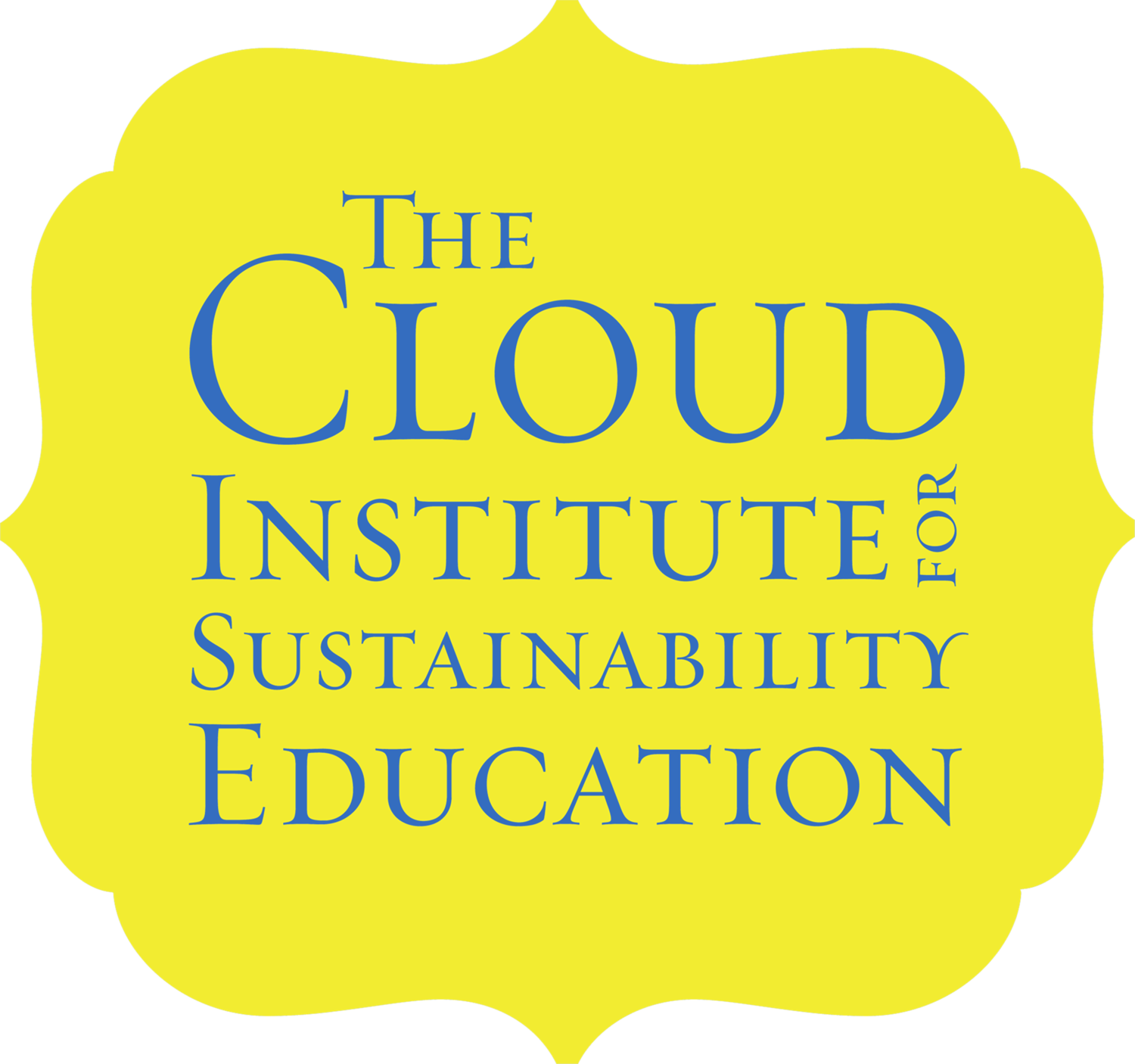How to Sustain Sustainability Education
/I have been working with Kapalama Middle School at the Oahu campus of Kamehameha Schools for the past seven years. We would like to continue our work together, but for now, the contract has been completed. How can we know if the work we have done together to educate students for a sustainable future will last and will be improved over time? We can’t. What we can do is create favorable conditions for it to flourish over time—just like everything else we want to sustain. As I always say, there is no such thing as “sustain-guaranteed” but there is such a thing as “sustain-able”.
Sustaining an initiative in a school seems difficult—some might say it is impossible. After all, most schools were not designed to sustain innovation. There is a reason that the terms “drive by professional development”, “flavor of the month” and the concept of “add-ons” are translated into several languages. Although known to be eager to embrace “the next new thing”, “the one day or one hour workshop” or the “the five new strategic initiatives”, schools are not typically known for a sustained focus on experimentation, implementation, documentation, mapping, data collection, or the integration of “innovations over time”. It doesn’t have to be that way.
What are those favorable conditions? Here are eight to get started:
1. If your purpose, vision and goals include educating for a sustainable future (and really, why would you want to educate for an unsustainable future?), pay relentless attention to embedding the EfS big ideas, applied knowledge, skills and dispositions throughout the curriculum at appropriate depths of knowledge and learning progressions. This is how it becomes the new normal.
2. Engage in ongoing self -assessment and monitoring of the measurable indicators of success—so that you can successively approximate your way to the future you want. Never take your eye off the prize. That vision of our preferred future is what creates the structural and creative tension –the pull between where we want to be and where we currently are. As the old Chinese proverb says, “if you don’t know where you are going, any road will take you there”.
3. Communicate effectively and often what the vision and goals are and make the feedback visible—so that everyone can see how close or far the school is from where it wants to be.
4. There are a lot of choices out there-the latest research followed by the latest professional developers; the latest programs, textbooks, instructional strategies. Not all of them will help you get to your vision and goals, but some will if they are properly introduced and integrated into what you are already doing. Weigh all choices against their ability to contribute to meeting the vision and goals.
5. Follow through on whatever you choose. Make it possible for faculty, staff, students and administrators to actually learn, apply, make worthy mistakes, reflect on them, learn from them, talk to one another and continually improve their practice.
6. Transmit the culture, the norms and the practices to each new generation of faculty, administrators, staff, students and their families. Orient, mentor and coach new people on the direction you are moving and on the policies and practices required to get there. How quickly we forget if we are not reminded all the time about where we are going and how we can get there.
7. Hire new people based on their abilities or willingness to develop their abilities to go where the school is going. A few new hires without a clue can undermine years of progress if new people coming in are not committed to the vision and goals, policies and practices that have been set in motion.
8. Leadership is key. Board members, administrators and faculty leaders hold fast to the purpose, vision and goals and are committed to inspiring, coaching and ensuring the work continues and improves over time.
Kapalama Middle School in Oahu has what it takes to continue the work we started together. For example, the entire faculty, staff and administration have received professional development and coaching over time, Pua Ka’ ai, the Head of the Middle School, Erika Cravalho, Director of Curriculum and Instruction and all the other members of the leadership team are committed and passionate about continuing the work.
Kapalama is a native Hawaiian school and their native ways of knowing document, “E’Ola” will drive their Education for Sustainability efforts going forward. EfS is already perfectly aligned to them. The faculty recognizes that our EfS Enduring Understandings, Standards and Performance Indicators are an excellent way to concretely embed the native teachings into the core curriculum and school culture and provide a way to monitor and measure their progress. EfS has become the new normal there and suits the culture and the aspirations of the place. The curriculum is continually documented, mapped and updated at Kapalama. The curriculum is alive and the interdisciplinary teams at each grade level have time built in each week to keep it that way. Our EfS Standards and Indicators are embedded in the “back end” of their Rubicon Atlas Curriculum Mapping Software as are the attributes of E’Ola, and the academic standards to which they subscribe.
Will the work we started continue on and be improved forever? Will the students learn how to take responsibility for the difference they make and contribute to sustaining human and other life on Oahu and beyond? Will they learn how to flourish over time? Will the day to day challenges of working with middle school students in the 21st Century and the plethora of new initiatives distract everyone from moving toward their vision, or will EfS serve to unify the school community and guide it toward the future of its dreams? Only time will tell.
For a more formal and detailed description of the “favorable conditions”, see the Community Connections and Supportive Policies and Practices sections of the Education for a Sustainable Future: Benchmarks for Individual and Social Learning.

